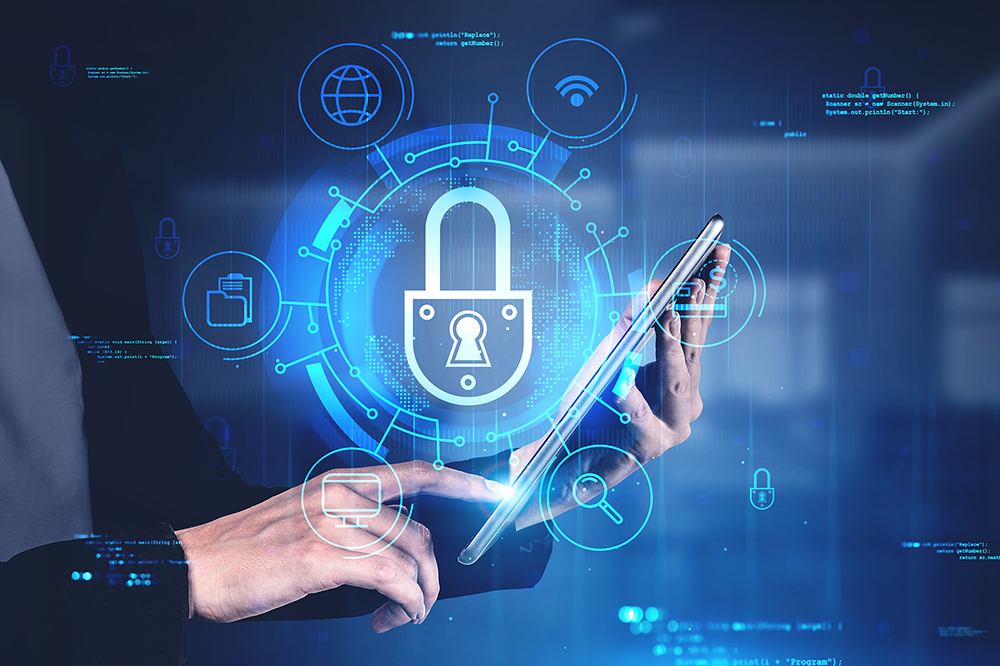As blockchain technology continues to expand its reach across industries and borders, the call for coherent global regulation has become increasingly urgent. From cryptocurrencies and decentralized finance (DeFi) to supply chain systems and identity verification platforms, blockchain applications often operate across jurisdictions with vastly different legal frameworks. This raises a fundamental challenge: Can global blockchain regulations ever be unified? And if not, how can stakeholders navigate and respond to regulatory fragmentation? This article examines the feasibility of regulatory harmonization, the core challenges posed by national policy discrepancies, and possible strategies to address these issues.
1. The Current Landscape of Blockchain Regulation
Blockchain regulation today is characterized by fragmentation. While some countries have embraced blockchain and crypto innovation with clear frameworks and supportive policies, others have imposed strict bans or remain uncertain. For example:
- El Salvador has adopted Bitcoin as legal tender.
- The European Union is introducing the MiCA (Markets in Crypto-Assets Regulation) framework.
- The United States applies a patchwork approach, with the SEC, CFTC, and IRS all offering sometimes conflicting interpretations.
- China has banned crypto transactions and mining outright.
- Singapore, Switzerland, and UAE promote blockchain through innovation hubs and regulatory sandboxes.
This disparity creates both opportunities and risks for global blockchain adoption. Companies seeking favorable regulatory environments may engage in jurisdictional arbitrage, while inconsistent rules complicate cross-border compliance and legal clarity.
2. Is Global Regulatory Harmonization Possible?
The idea of a unified global regulatory framework for blockchain is conceptually attractive but practically difficult. Several factors make harmonization challenging:
2.1. Different Legal Traditions and Priorities
Countries vary widely in their approaches to financial regulation, consumer protection, and privacy. For example, European regulators emphasize data protection (GDPR), while U.S. agencies focus more on market conduct and investor protection.
2.2. Geopolitical Competition
Blockchain has become a tool in the global race for digital sovereignty. Major economies may resist standardization if they perceive it as threatening their regulatory autonomy or technological advantage.
2.3. Regulatory Scope and Definitions
Even basic definitions differ across borders. What constitutes a “security,” “commodity,” or “digital asset” varies by jurisdiction. Without shared language, harmonization is nearly impossible.
2.4. Pace of Technological Change
Regulators are often behind the curve of innovation. While blockchain evolves rapidly, legal systems move slowly. International treaties or standards require years of negotiation, often too slow for fast-moving tech ecosystems.
Despite these barriers, partial harmonization is feasible, particularly through soft law approaches such as international standards, best practices, and bilateral agreements.
3. Existing Efforts Toward International Coordination
While full unification is unlikely in the short term, several global initiatives show progress:
- Financial Action Task Force (FATF): Provides guidelines for anti-money laundering (AML) and counter-terrorist financing (CTF) measures in crypto markets, including the “travel rule.”
- OECD: Has proposed a global crypto-asset reporting framework to help tax authorities track digital asset holdings.
- ISO/TC 307: The International Organization for Standardization is developing global technical standards for blockchain interoperability and security.
- BIS and IMF: These institutions are actively researching and advising on central bank digital currencies (CBDCs) and regulatory approaches.
These efforts help build common ground without requiring formal legal unification, creating a foundation for interoperability and mutual recognition.
4. How to Address Regulatory Fragmentation
Since full harmonization remains elusive, companies, developers, and policymakers must focus on adaptive strategies for operating across regulatory environments.
4.1. Compliance by Design
Blockchain applications can be designed with flexible compliance tools that adapt to local laws, such as:
- Geo-fencing users based on jurisdiction
- KYC/AML plug-ins for decentralized applications (dApps)
- Smart contract modules that enforce jurisdiction-specific constraints
This allows platforms to tailor functionality to local legal requirements without compromising their global architecture.
4.2. Regulatory Sandboxes
Firms should seek to participate in regulatory sandboxes, which allow innovation under supervisory oversight. These environments are particularly useful for testing cross-border models and engaging with regulators proactively.
4.3. Legal Layer Abstraction
Projects can separate their core protocol from the legal entities operating on top. For example, DAOs may deploy a decentralized infrastructure globally while having localized front ends that comply with national laws.
4.4. Cross-Jurisdictional Legal Expertise
International blockchain projects must invest in multinational legal teams or engage firms with deep cross-border expertise to ensure that operations meet the regulatory standards of every market they serve.

5. The Role of Multilateral Collaboration
Though nation-states are often reluctant to surrender regulatory power, multilateral dialogue remains essential. Forums such as the G20, World Economic Forum, and International Telecommunication Union (ITU) can facilitate consensus-building on:
- Definitions and taxonomies
- Consumer protection standards
- Anti-fraud and cybersecurity protocols
- Legal recognition of digital assets
Such collaboration doesn’t require identical laws but can establish a shared foundation for interoperability and reduce regulatory uncertainty.
6. Conclusion: Toward a Pluralistic Yet Coordinated Future
A fully unified global blockchain regulation framework may be unrealistic in the near term, but greater coordination is both necessary and achievable. Blockchain’s global nature demands a pluralistic model where different countries maintain their legal sovereignty while aligning on shared standards and enforcement principles.
Success will depend on flexibility, technological adaptability, and continuous dialogue between developers, regulators, and the global community. In the meantime, blockchain companies must build compliance-aware architectures, policymakers must craft technology-neutral laws, and all stakeholders must recognize that collaboration, not isolation, is the key to unlocking blockchain’s full global potential.
















































